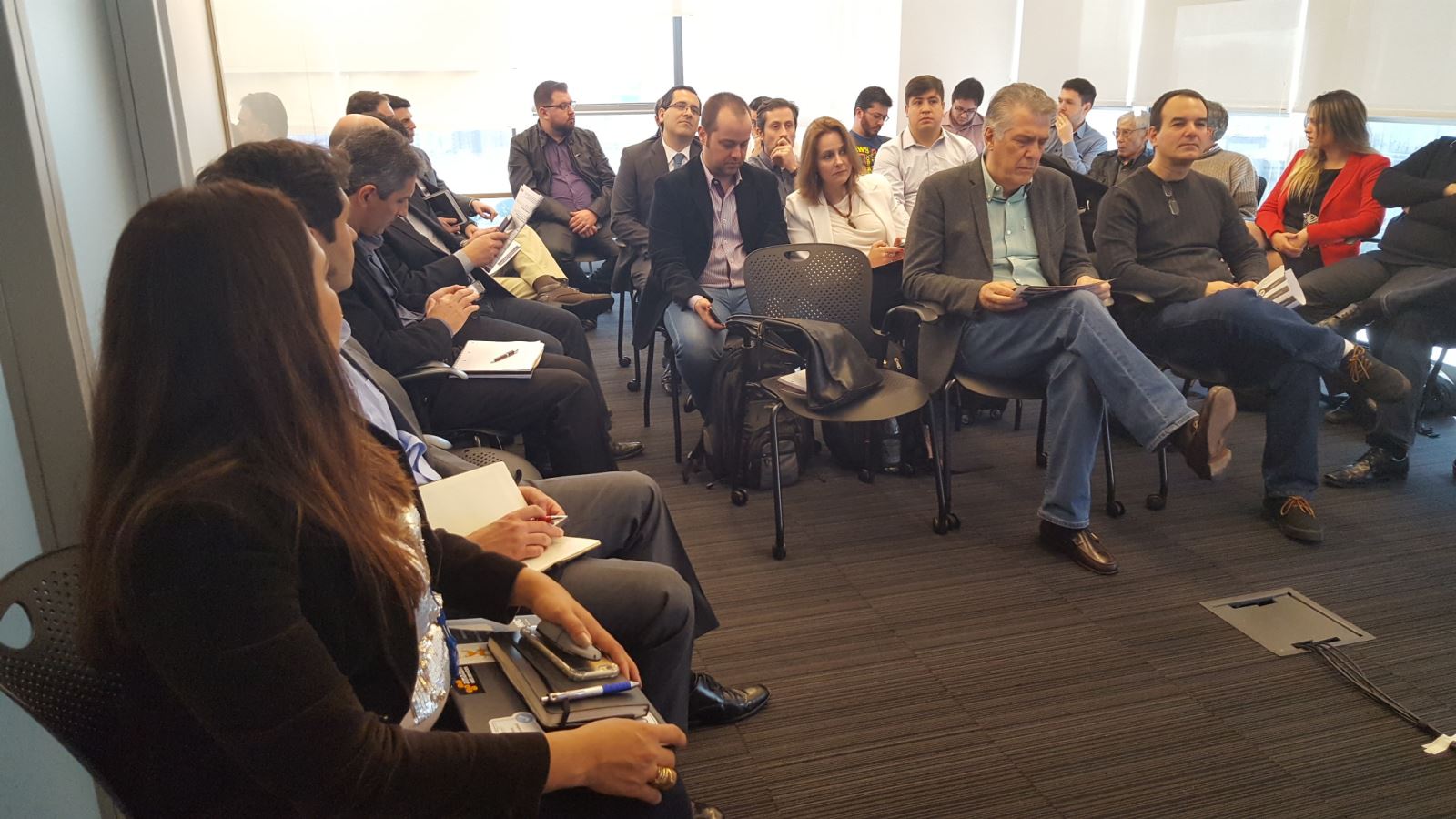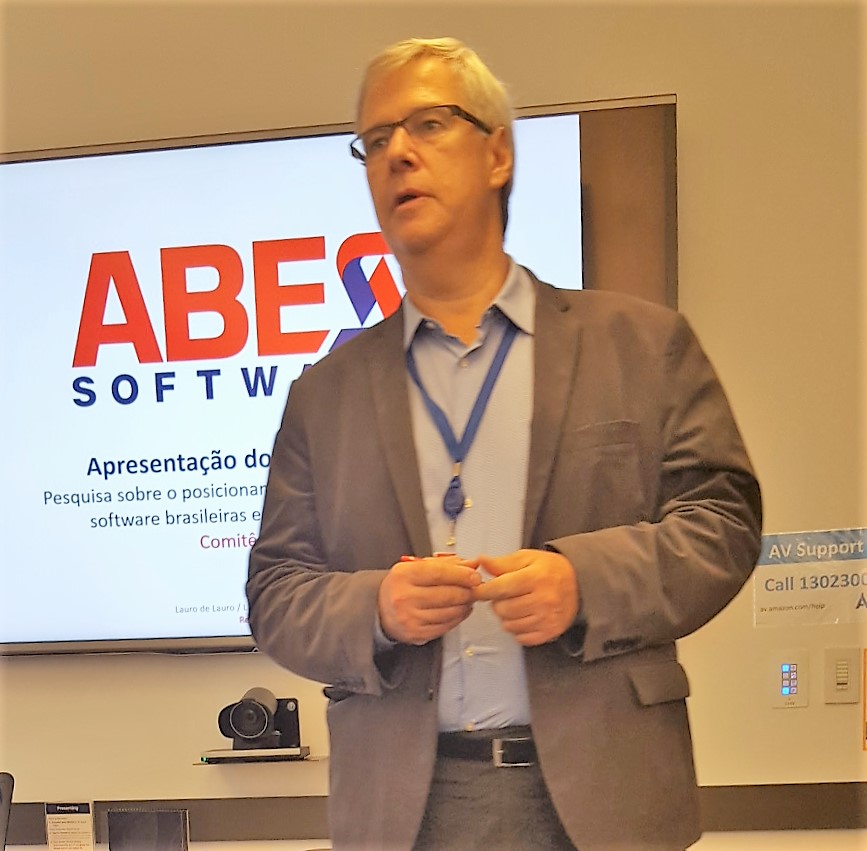
What are the steps and pillars to implement this business model?
At the same time that it attracts the interest of corporate customers and consumers, who are excited to know the benefits of this type of service, the commercialization of programs via SaaS requires software companies to promote the digital transformation of their own businesses. But what are the steps and pillars to implement this business model? This central issue was discussed at the event promoted by ABES, on September 1st, in São Paulo, which included lectures that addressed the technical and commercial aspects involved when talking about SaaS.
.jpg)
Lauro de Lauro, coordinator of the ABES SaaS committee, presented the results of the research carried out by the association in 2015, the first study that evaluated the stage of this new business model in the Brazilian software sector. “We concluded that a misunderstanding of the concept persists on the part of entrepreneurs in the sector, but that there is a concern in adopting this business model, fundamental for the survival of software companies in the near future. They also need to promote the digital transformation of their businesses, based on two pillars: mobility and cloud computing”, highlighted the executive. Access the research presentation.
Even the language used in the development of a program interferes with the availability of the software in the cloud via Saas and, in some cases, requires that it be rewritten. Lauro also pointed out that it is essential to predict that the application will run in an environment of chaos, with access problems and connection instability, unlike what happens with software hosted on servers on the clients. “We currently have companies in the sector that are already starting with the SaaS business model, but there are thousands of companies that have a legacy installed and must plan for migration. Another challenge is to catechize its customers, many of whom are afraid to expose their data in the cloud. There are several strategic issues that must be considered”, concludes Lauro.
Technological partnership and consulting

Tamaris Parreira, AWS Alliance Manager – Amazon Web Services, a reference in the cloud computing services and infrastructure market, presented the Program for Technological Partnerships, designed for software companies to make the journey to the SaaS model.
What is your market? What is the offer standard? These are some questions that, according to the executive, the entrepreneur will need to answer. “We provide consulting, training, and technical resources for our partners to quickly scale to become global solution providers, including AWS architecture and security practices,” he said. Autodesk, Trend Micro, Senior, VTex, Genexus, Senior, Sky.One Cloud Solutions and Bematech are some of AWS' global and local partners. Access the presentation.
Cost reduction, greater customer satisfaction, scalability and consolidation of different systems in a single program were some of the advantages cited by Ricardo Brandão, CEO of Sky.One Cloud Solutions, who presented his experience in consulting for software companies in the process of digital transformation . “We guide you through every step of the way, from proof of concept and approval, through the pricing and marketing and sales support phases, bearing in mind whether the company is oriented towards the business market, consumer market or both” , he explained. Check here the presentation.
Mauricio Kigiela, from Smartbill, spoke about the topics of pricing and marketing as part of the concept of the recurrence economy, which has transformed commercial relationships – the purchase of software is replaced by a subscription to a service, for which a monthly fee is paid, usually .
This sales model can, potentially, strongly stimulate the growth of software companies, however it implies “changes in the remuneration of the commercial team, in a review of pricing, in the need to establish customer retention strategies and to expand the product life cycle”. commercial relationship, so that the client subscribes to new services”, explained the executive. See more in the presentation.
Next steps
“Everything we discussed represents an impetus for the adoption of this business model and the establishment of technological partnerships. It was a very productive morning”, said Gilberto Ribeiro dos Santos, managing partner of Visão Digital.
José Antonio Maria Oliveira, director of Exceller, said that the lectures contributed to present SaaS concepts and processes. “I believe that this model will help achieve my objective, which is to popularize the solution I sell,” he said.

At the end of the event, Carlos Sacco, marketing director at ABES, thanked the participants for their presence and recalled that the SaaS model requires software companies to reinvent themselves and that the association plans new actions to maintain the discussion on the best SaaS and support associates in this transition process.












